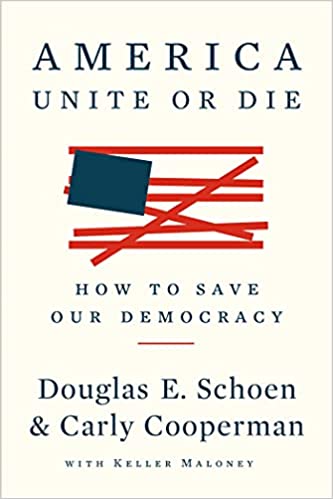Kansas City Federal Reserve President Esther George on Tuesday suggested that interest rates should start moving higher sooner and faster than the Fed has previously forecast.
George, a so-called inflation hawk because of her opposition to the Fed’s long-running easy-money policies, said in a speech in Breckenridge, Colo., that the economy appears to be gaining sustained momentum, increasing the need for a return to “normalized” fiscal policy.
Inflation hawks like George have long warned that keeping accommodative policies such as low interest rates in place too long will eventually lead problems such as asset bubbles or runaway inflation.
George noted that economic “headwinds” still remain, but appear to be dissipating.
“As the headwinds weighing on the recovery thus far start to fade, policy may need to react sooner than what is suggested in the FOMC’s projections … A gradual path for the federal funds rate is suggested by the FOMC’s projections. However, in my view, it will likely be appropriate to raise the federal funds rate somewhat sooner and at a faster pace,” she said.
George added, “My concern is that keeping rates very low into late 2016 will continue to incentivize financial markets and investors to reach for yield in an economy operating at full capacity, posing risks to achieving sustainable growth over the longer run.”
George is not a 2014 voting member of the policy-setting Federal Open Market Committee.
George’s recommendations for unwinding the Fed’s easy-money policies appeared to clash with those of New York Fed President Bill Dudley, a “dove” and vice-chair of the FOMC.
Dudley proposed last month that the Fed start to raise a key interest rate — the fed funds rate — before it announces it will cease reinvesting the proceeds of maturing Treasury bonds into new Treasury bonds, a policy designed to help keep downward pressure on interest rates. ;
In 2011, the Fed adopted a plan to announce an end to reinvestment before starting to raise rates. The plan was adopted to address shrinking the Fed’s $4.5 trillion balance sheet — “normalizing” it — after years of asset purchases known as quantitative easing.
The Fed began tapering those purchases in December and expects to wind up QE in the fall. As QE wraps up, the Fed is reviewing the 2011 plan, leading to Dudley’s remarks last month. ;
But George wants to stick with the earlier plan, saying it’s important for the Fed’s credibility: “I think allowing the balance sheet to decline due to ‘passive runoff,’ which stops reinvesting the maturing securities, prior to the first rate hike is appropriate. As the outlook improves, this modest step would begin the normalization process and is in line with the 2011 principles.”
She added, “Unless there is a major change in the outlook, I see abiding by principles that the FOMC reaffirmed last year as important. Central banks should make efforts to follow through on their plans, otherwise they risk losing credibility.”
Peter Barnes joined FOX Business Network (FBN) in September 2007. He serves as FBN’s senior Washington correspondent.

